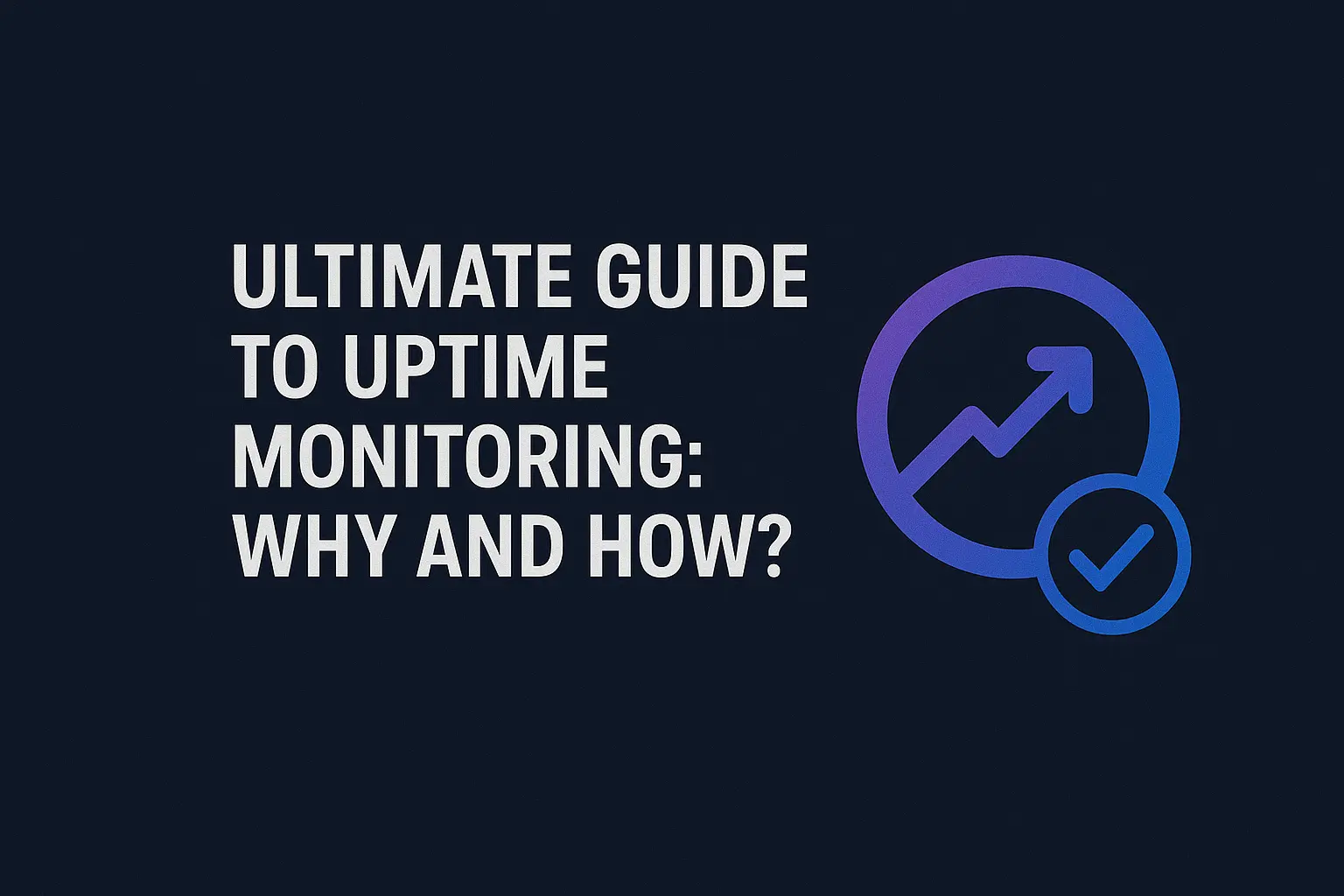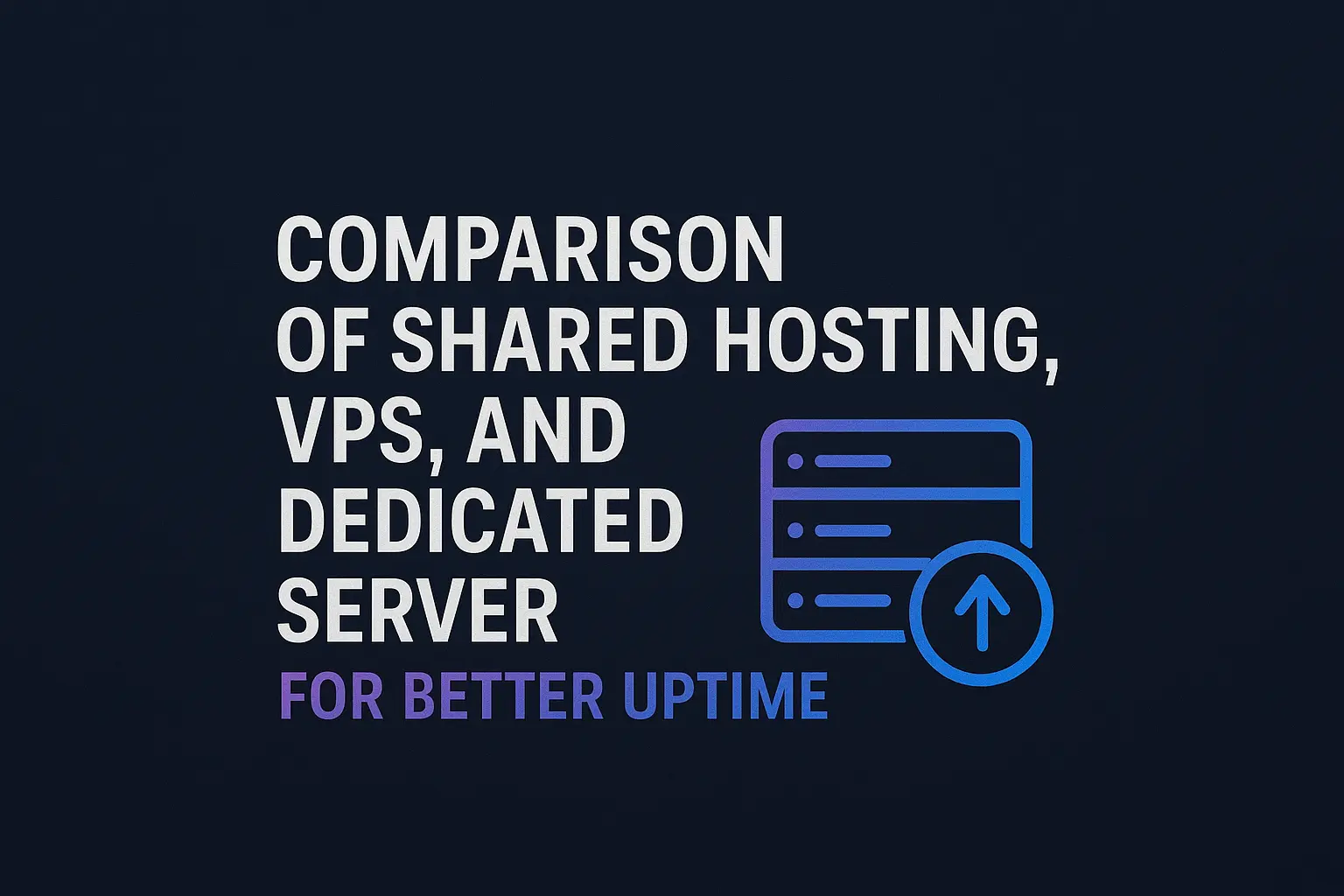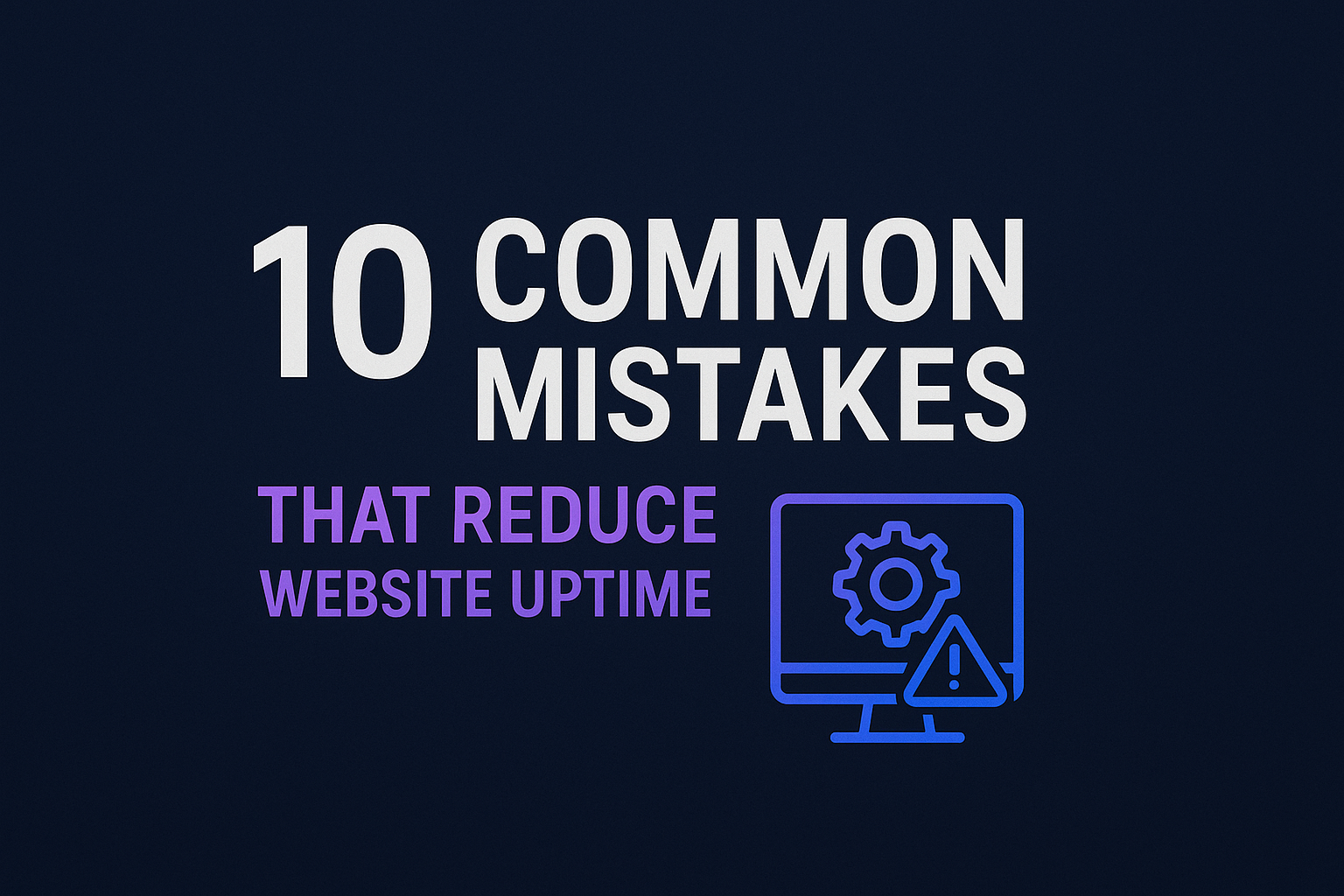Uptime monitoring is one of the most important aspects of website management. In today's world, users expect websites to be always accessible, and even a few minutes of downtime can lead to lost visitors, reduced user trust, and financial losses. In this article, we provide a comprehensive overview of what uptime monitoring is, why it matters, which methods and tools exist, and how it can help quickly identify and fix website issues.
1. What is Uptime and Why Does It Matter?
Uptime refers to the amount of time a website is accessible and functioning without issues. The higher the uptime, the better the user experience and the more stable a website's ranking in search engines. Even short-term downtime can lead to lost sales, decreased traffic, and diminished brand credibility.
Studies show that websites experiencing more than 5% downtime annually lose approximately 20–30% of their users and suffer significant revenue loss. Therefore, continuous monitoring and management of uptime is essential for every website.
2. Causes of Downtime
Downtime can happen for various reasons, and understanding them is essential for prevention:
- Server and hosting issues: power outages, hardware failures, or datacenter disruptions
- Programming errors and bugs: incomplete code causing crashes or errors
- Cyberattacks: DDoS, hacking, or malware
- Server resource issues: CPU, RAM, or disk space exhaustion
- Network and DNS errors: connectivity problems or incorrect DNS records
- Forgetting to renew domain or hosting subscriptions
3. Uptime Monitoring Methods
Uptime monitoring can be done manually or automatically, but online tools offer significant advantages. The most important methods include:
3.1 HTTP/HTTPS Checks
This is the simplest form of monitoring. The system periodically sends HTTP or HTTPS requests to the website and checks the server response. If an error or no response is received, an alert is triggered.
3.2 Ping Monitoring
This method uses ICMP requests to check server responsiveness. It is mainly used to verify network availability and internet connectivity.
3.3 Server Resource Monitoring
CPU, RAM, and disk space usage should always be monitored. Excessive resource usage can slow down or crash the website.
3.4 DNS and Network Monitoring
Ensuring correct DNS records and network connectivity helps prevent access issues for users.
4. Monitoring Tools
Several tools are available for 24/7 website monitoring:
- Uptime Plus: 24/7 monitoring with instant alerts and detailed reports
- Pingdom, UptimeRobot: international tools with extensive features
- Zabbix, Nagios: advanced tools for enterprise servers
5. Practical Tips for Maintaining Uptime
- Use a reliable server or hosting with sufficient resources
- Optimize code and images to reduce resource consumption
- Regularly update the system, themes, and plugins
- Enable firewalls and security services
- Create regular backups and store them securely
- Review monitoring reports periodically and fix issues promptly
6. The Role of Uptime Plus in Monitoring
Uptime Plus is a comprehensive monitoring service that allows website managers to view site status in real-time, receive instant alerts, and access detailed uptime and downtime reports. Using this tool, many server, network, or cyberattack issues can be detected and resolved before users even notice.
Conclusion
Uptime monitoring is one of the most critical tasks for any website manager. By choosing the right tools and monitoring server resources, security, and network, downtime can be minimized, and an excellent user experience ensured. Services like Uptime Plus simplify and make this process reliable, helping website managers keep track of site status and resolve issues quickly.




Comments 2
Login to comment
To add a comment, please login first.
من همیشه معتقدم حتی چند دقیقه قطعی هم میتونه کاربران و حتی درآمد رو تحت تأثیر بذاره همینجور که شما اشاره کردید، پایش مستمر آپتایم از واجباته.
همهی نکات مهم مانیتورینگ آپتایم رو کامل توضیح دادید. واقعاً بدون مانیتورینگ، حتی یه داون کوچک هم میتونه ضرر بزرگی به بار بیاره. ممنون